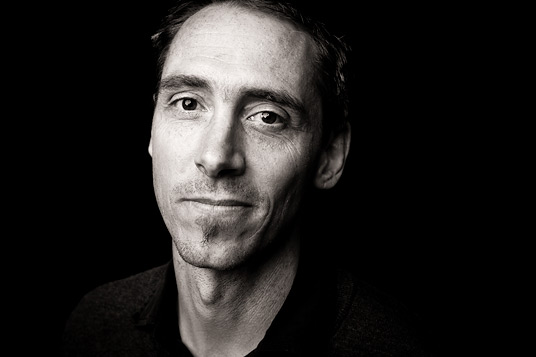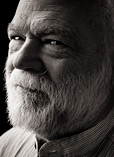
Josh Tewksbury
Ten thousand pictures
THEMES: Challenges & Opportunities, Society, Technology | WORKSHOP: Natural History & Research
Biography
Josh Tewksbury
Josh grew up on farms, went to a high-school with a 3,000 acre campus composed mostly of oak trees, and spent his undergraduate career learning natural history at Prescott College, focusing on butterflies, plants and birds. Studies of birds sustained him through graduate school in Montana, and his inability to stop looking at plants (in particular, chili peppers) led him through a couple of post-docs and on to the University of Washington. He has been there since, working primarily on interactions between plants, animals, and their environment. He is an ecologist, a naturalist, and a conservation biologist; co-founder and board member of the Natural History Network, co-director of the Ecology of Bird Loss Project, and founder and chair of the natural history section at the Ecological Society of America. His research centers on the study of mechanism, process and context, and has spanned studies of fragmentation, connectivity, climate change, food security, and the consequences of lost mutualisms.Conversations:
- A predictive science
- Binoculars of our age
- The first human endeavor
- Ten thousand pictures
- An exciting time to be a naturalist
Workshops:
Transcript
Acute problems like climate change, problems that are on a lot of people's mind right now, provide both a challenge and an opportunity for the scientific community and the public. If the public is to be engaged about an issue, they want to feel like the can help create the solution. I believe that natural history is one very powerful way in which the public around the world, particularly with modern technology, can really appreciate and contribute to solutions. We as a country can do something to make our country, our place in the world, a better place. And we can do it one picture at a time, or one observation at a time, in a way we never could before. Because one picture or one observation can now join a thousand, or 10 thousand or a million others, all across the country, all across the world, to paint a picture of how the flowers are blooming; to paint a picture of how insects are moving, how birds are moving. Those pictures are science. And it's people all around the world, who aren't scientists that are doing it. It's super exciting.


